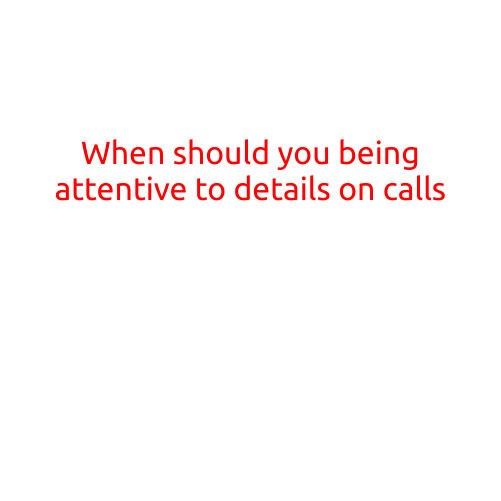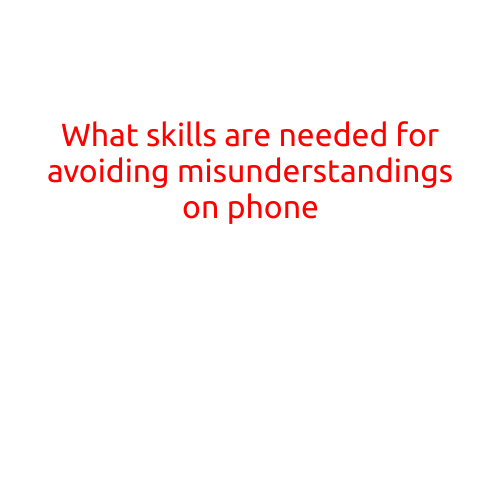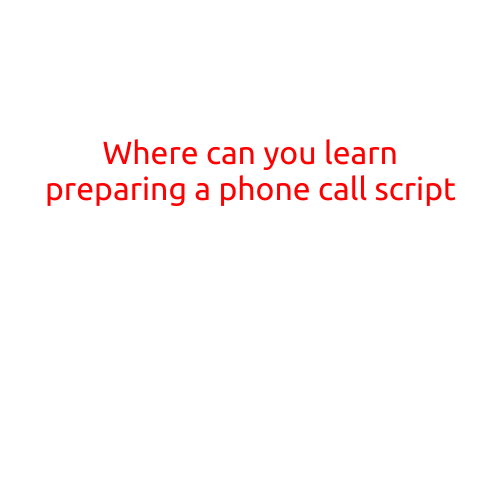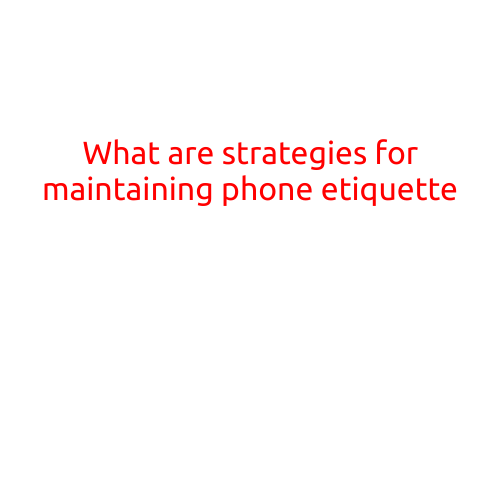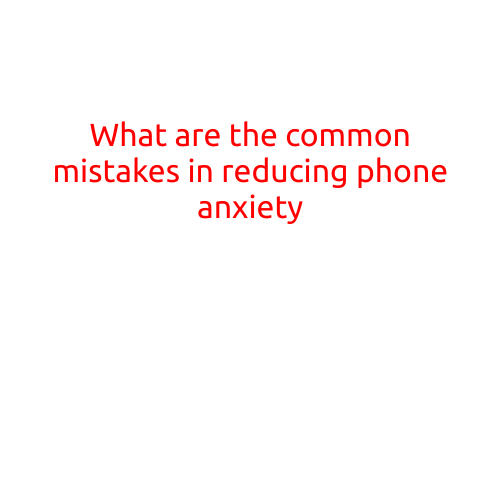
What are the Common Mistakes in Reducing Phone Anxiety?
In today’s digital age, it’s not uncommon to feel anxious or overwhelmed when it comes to using our phones. From constant notifications to emails, texts, and social media updates, it’s easy to feel like you’re drowning in a sea of digital distractions. However, there are common mistakes that we make when trying to reduce phone anxiety that can actually exacerbate the problem.
In this article, we’ll explore the most common mistakes people make when trying to reduce phone anxiety and what you can do instead to achieve a more healthy and manageable relationship with your phone.
Mistake #1: Not Setting Boundaries
One of the most common mistakes people make when trying to reduce phone anxiety is not setting clear boundaries for themselves. This can include not setting aside dedicated phone-free time each day, not establishing specific phone usage rules for certain situations (such as meetings or dinner), and not communicating these boundaries to others.
Instead, start by setting aside phone-free time each day, such as during meals, exercise, or wind-down time before bed. Also, establish specific phone usage rules for certain situations, such as only checking your phone during designated break times or not using your phone during meals.
Mistake #2: Failing to Prioritize Self-Care
Another common mistake people make when trying to reduce phone anxiety is failing to prioritize self-care. When you’re constantly connected to your phone, you’re missing out on opportunities to take care of yourself, such as getting fresh air, practicing yoga, or reading a book.
Instead, make sure to prioritize self-care activities each day, such as taking a short walk outside, practicing yoga, or reading a book. This will help you feel more grounded and centered, which can reduce your overall anxiety levels.
Mistake #3: Not Practicing Mindfulness
Practicing mindfulness is a powerful tool for reducing phone anxiety. However, many people make the mistake of not actually practicing mindfulness, instead simply acknowledging the importance of it.
Instead, take a few minutes each day to practice mindfulness meditation, focusing on your breath and the present moment. You can also try mindfulness exercises while you’re on your phone, such as paying attention to the sensations in your body as you type or scroll.
Mistake #4: Avoiding the Problem
Finally, one of the most common mistakes people make when trying to reduce phone anxiety is avoiding the problem altogether. This can mean ignoring the issue, hoping it will go away on its own, or using avoidance tactics such as deleting social media apps or disconnecting from the internet.
Instead, acknowledge the problem and take small steps to address it. Start by tracking your phone usage, identifying areas where you’re using your phone excessively, and experimenting with different strategies to reduce your usage.
Conclusion
Reducing phone anxiety requires a combination of mindfulness, self-care, and intentional phone use. By avoiding the common mistakes described above, you can start to feel more in control of your phone use and reduce your overall anxiety levels. Remember to set boundaries, prioritize self-care, practice mindfulness, and address the problem head-on, and you’ll be on your way to a more healthy and manageable relationship with your phone.
